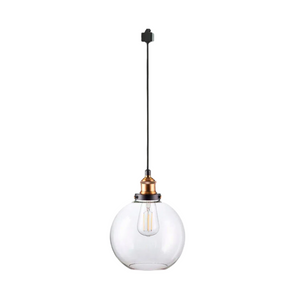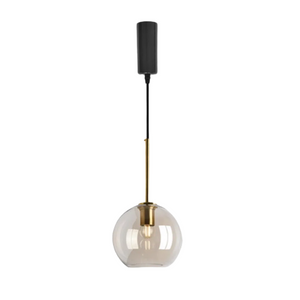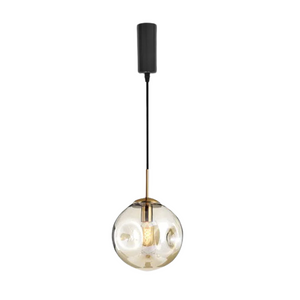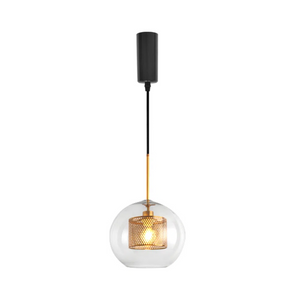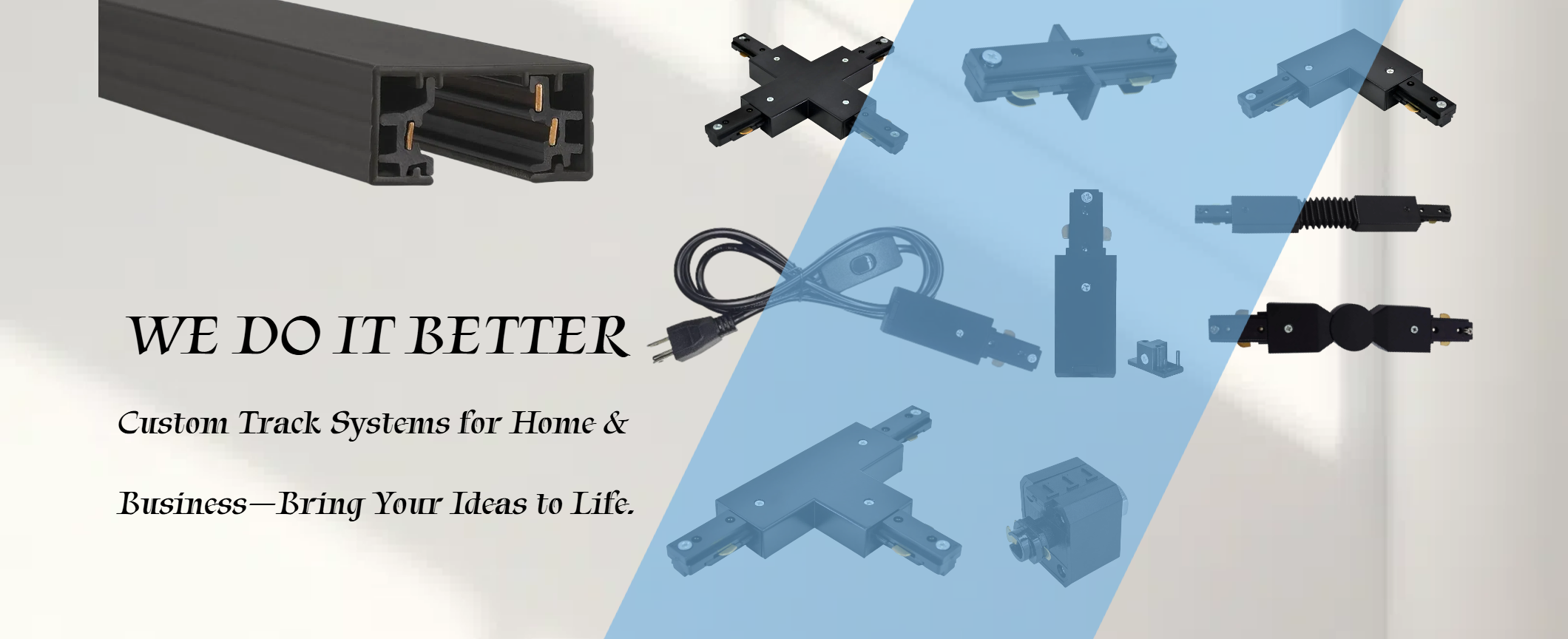Quick Answer
The most common lighting installation problem is a missing neutral wire in the switch box, which prevents modern smart switches from getting the power they need to function. This issue, common in older homes, turns a simple swap into a complex job requiring either new wiring or a special "no-neutral" dimmer to fix correctly.
For electricians, having a reliable supplier for both standard and specialized components is key to navigating these jobs profitably.


Introduction
Every electrician knows the feeling: a simple light fixture swap suddenly eats up your whole afternoon. There are plenty of on-site installation problems that can pop up, but one of the biggest electrician challenges is a hidden issue lurking in the walls. This frustrating surprise—a missing neutral wire—is so frequent, especially in older homes, that many pros consider it the most common lighting installation nightmare. At Kiven, we support electricians and designers daily with over 30,000 SKUs of lighting components, from bulbs and sockets to track systems and custom fixtures, helping you solve these problems efficiently.
The Real Problem Is a Missing Neutral
On many lighting jobs, the real headache is opening the switch box and finding no neutral wire. It's common in older homes that used “switch loops,” where power went to the ceiling first and only a hot conductor was run down to the switch—no neutral needed for a basic toggle. That wiring works for old switches but not for today's smart switches, dimmers, or timers, which need a neutral for constant standby power. Without it, the device won't power up and the “simple swap” becomes a bigger fix, often requiring new components you need to source quickly.
Why a Missing Wire Is a Project-Killer
Finding a missing neutral wire isn't a small hiccup—it's a problem that can stop a whole lighting job in its tracks. It's a big deal for three main reasons: it means modern devices won't work, it can lead to unsafe conditions, and it tells you that you're dealing with outdated wiring.
Here's a simple breakdown of the problems it causes:
- Smart Switches Won't Power On: It's simple: smart switches, dimmers, and timers need power 24/7 to keep their "brains" on for things like Wi-Fi or sensors. The neutral wire is what gives them that constant trickle of electricity to stay alive. Without that wire, the smart switch gets no power and is just a useless piece of plastic on the wall.
- It's a Serious Safety Risk: A missing neutral tempts people to try dangerous shortcuts, like using the bare ground wire as a neutral. Never do this. This is a major code violation that sends live electrical current through things that shouldn't have it, like metal switch plates and junction boxes. This creates a huge risk of electric shock. Always use proper, certified components.
- It's a Dead Giveaway of Old Wiring: That missing wire immediately tells you that you're working with an old wiring method called a "switch loop." This means the power from the breaker panel runs to the light fixture in the ceiling first, not to the wall switch. Since an old-school toggle switch didn't need a neutral to work, they simply left it up in the ceiling box, creating the headache we have to fix today.
How This Problem Derails Your Project
A missing neutral wire is a project management emergency waiting to happen, not just a technical issue. The discovery immediately turns a simple installation into a more involved and expensive repair, impacting your timeline and budget.
- Cost Overruns and Delays: The first quotation for the job becomes inaccurate as soon as you verify that there is no neutral. Now you have to deal with major unforeseen electrical work, which can entail cutting into the drywall and pulling a new wire down from the ceiling fixture. This new scope results in electrical job cost overruns and predictable delays.
- Code and Safety Risks: If a client balks at the correct solution, the pressure to use an unsafe workaround can jeopardize your license and their safety. Maintaining code compliance is non-negotiable.
- Client Satisfaction and Reputation: Effectively communicating this unforeseen issue is critical. Transparency builds trust, while surprises can damage your hard-earned professional reputation.
The Smart Switch and Old Wiring Trap

The conflict between modern technology and aging infrastructure is most obvious when installing smart lighting. This is where the missing neutral wire turns from a historical curiosity into a modern-day trap. A client wants a smart home, but the home's wiring was built for a much simpler time.
Why a Smart Switch Requires a Neutral: Unlike a simple mechanical switch, a smart switch is a mini-computer. It needs a constant supply of power for its Wi-Fi radio, sensors, and processor. The neutral wire provides the return path for this power. Without it, the switch has no way to power itself.
Code-Compliant Solutions for a Missing Neutral

When you're faced with this situation, explaining the options to the client is critical. Here’s how professionals solve the missing neutral challenge with safe, code-compliant methods:
- The Best Fix: Run a New Wire. The most reliable and future-proof solution is to pull a new 14/3 or 12/3 NM cable from the light fixture down to the switch box. This brings a dedicated neutral to the switch, allowing any smart device to be installed without issue. While it involves more labor, it's the correct way to modernize the circuit.
- The Go-To Alternative: Use a "No-Neutral" Dimmer. Several manufacturers offer smart dimmers specifically designed for this problem (e.g., Lutron Caseta). These dimmers operate without a neutral by leaking a tiny amount of current through the light fixture itself. Important: Always check for compatibility, as these dimmers have minimum load requirements and may not work with all LEDs.
How Kiven Supports Electricians on Every Job
At Kiven, we understand that time is money on the job site. That’s why we’ve built our entire business model to support electricians and lighting designers:
- Massive Selection: With over 30,000 SKUs in stock, from bulbs and anti-glare accessories to complete track lighting systems and custom sconces, we are your single source for any component. Need a specific socket, a unique lampshade, or a plug-in conversion kit? We have it.
- True Customization & One-Piece Minimum: We solve the "multi-style, small-batch, urgent need" dilemma. Whether you need one custom pendant for a specific design or a small batch of unique wall sconces, we can manufacture it for you, ensuring your project’s specs are met exactly.
- Built for Pros: Our product listings include detailed specs, compatibility information, and clear imagery to help you select the right part the first time, minimizing callbacks and ensuring code compliance.
Browse our extensive collection of bulbs, sockets, wiring accessories, and more to find exactly what you need for your next installation: Bulbs & Accessories – KivenLighting
How Pros Avoid This Nightmare
Experienced electricians know the best way to solve a problem is to anticipate it. Top professionals use a proactive workflow to identify potential wiring issues early and manage client expectations.
- Conduct a Thorough Pre-Installation Site Survey: Before a single tool comes out, open up a representative switch box in an older home (pre-1980s). A quick look confirms if you're dealing with a two-wire switch loop, allowing you to plan accordingly.
- Set Clear Expectations When Quoting the Job: Be transparent. Include a contingency plan in your quote—a base price for a standard install and a higher price if a new wire needs to be run. This prepares the client for potential extra costs.
- Partner with a Reliable Supplier: Having a go-to source for both standard and specialized parts ensures you can adapt to on-site surprises without derailing the project timeline. Kiven is built to be that partner.
Is This Problem Going Away?
Yes, but slowly. Modern NEC code mandates a neutral in most new switch boxes, so this issue won't exist in new construction. However, with millions of older homes still in use, this will be a challenge for decades to come. New technologies like Power over Ethernet (PoE) lighting may eventually bypass traditional wiring altogether.
Your Key Takeaways for a Smooth Lighting Installation
A missing neutral wire is a top headache, but preparation is your best defense. Always perform a pre-installation check for old wiring and be transparent with your client. And remember, for any component you need—whether it’s a standard bulb or a custom solution—Kiven is here to support your business.
For all your lighting component needs, visit our website: www.kivenlighting.com
Your Questions Answered: Handling a Missing Neutral Wire
Q1: What's the easiest way to add a neutral wire to a switch box?
The most reliable method is to pull a new 3-wire cable from the light fixture in the ceiling down to the switch box. The ease depends on the wall construction; it's straightforward with open access but complex with insulation or plaster.
Q2: Can you use the ground wire as a neutral for a smart switch?
Absolutely not. This is a serious safety hazard and major code violation. The ground wire is for safety only; using it as a neutral can energize metal components and create a severe shock risk.
Q3: How much does it cost to fix a missing neutral wire?
Costs vary by location and job complexity. Expect it to add anywhere from 300+ per switch, depending on labor rates and the difficulty of fishing the new wire.
Q4: Do all smart dimmers need a neutral wire?
No, but most do. Specialty "no-neutral" dimmers (e.g., Lutron Caseta) are available. They work by leaking a small current through the bulb itself, but always verify their minimum load requirements for compatibility with modern LEDs.
